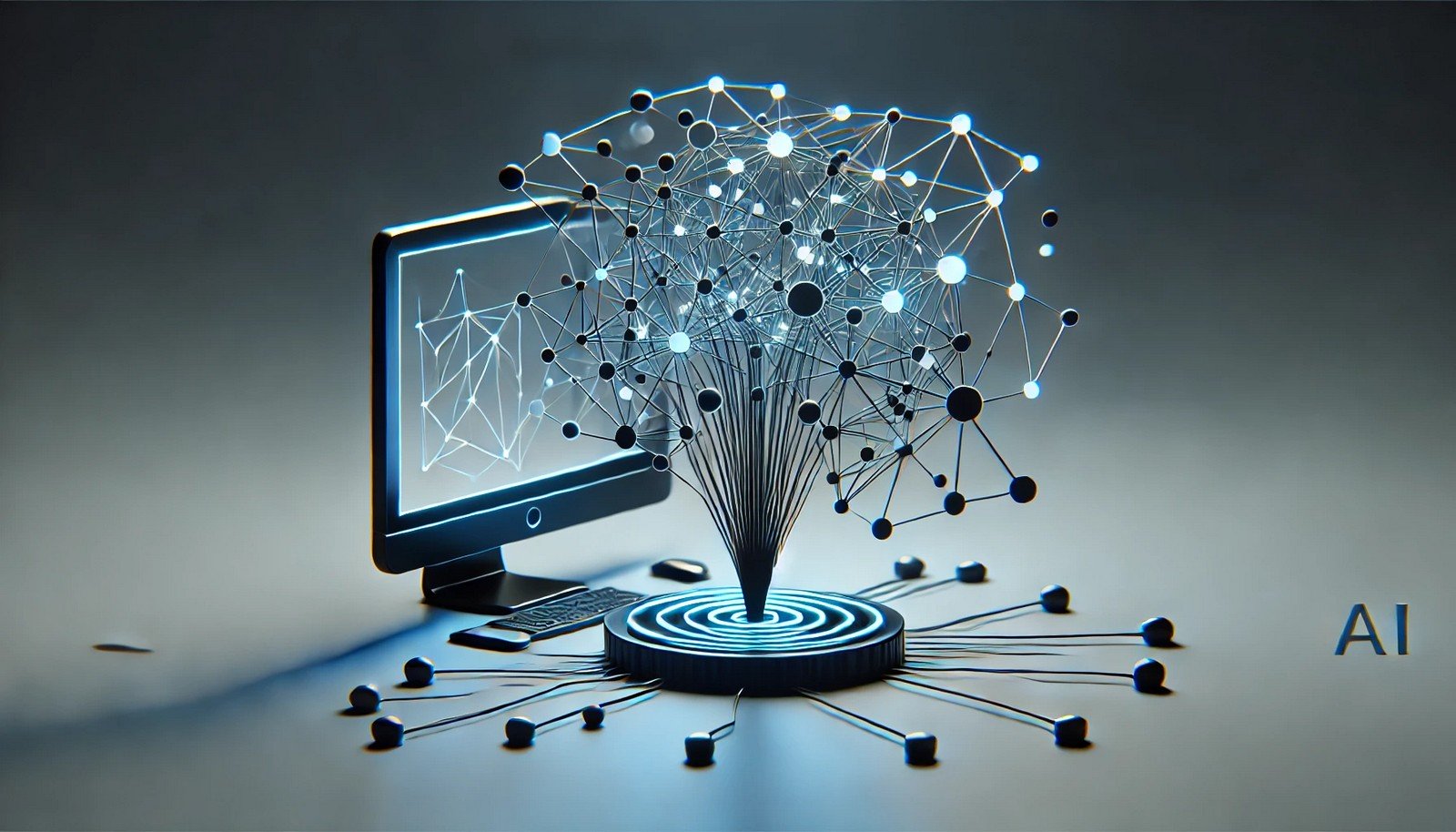Pre-trained Language Models

Quick Navigation:
- Pre-trained Language Models Definition
- Pre-trained Language Models Explained Easy
- Pre-trained Language Models Origin
- Pre-trained Language Models Etymology
- Pre-trained Language Models Usage Trends
- Pre-trained Language Models Usage
- Pre-trained Language Models Examples in Context
- Pre-trained Language Models FAQ
- Pre-trained Language Models Related Words
Pre-trained Language Models Definition
Pre-trained language models are deep learning models that have been trained on large amounts of text data to understand and generate human language. These models, like BERT, GPT, and T5, are pre-trained on extensive corpora and fine-tuned for specific tasks, enabling them to perform well across various natural language processing (NLP) tasks, such as translation, summarization, and question answering. They form a foundational approach in NLP, where the models can leverage knowledge learned during pre-training to handle tasks with minimal task-specific data.
Pre-trained Language Models Explained Easy
Think of a pre-trained language model as a smart helper who reads tons of books before helping you with homework. Because it’s read so much, it can answer questions, understand sentences, and even write new ones, making it a useful assistant for language-based tasks.
Pre-trained Language Models Origin
The idea of pre-training language models emerged from advances in deep learning and increased access to large datasets. The first widely adopted pre-trained models, such as Word2Vec in 2013, set the stage for more sophisticated models, culminating in transformers like BERT and GPT in the late 2010s.
Pre-trained Language Models Etymology
The term originates from the concept of "pre-training," where a model learns general language patterns on large datasets before fine-tuning on specific tasks.
Pre-trained Language Models Usage Trends
Pre-trained language models have transformed NLP by reducing the need for vast task-specific datasets, becoming widely adopted in chatbots, search engines, and virtual assistants. As computational power grows, so does the capacity of these models, with trends focusing on improving efficiency, accessibility, and reducing biases in language generation.
Pre-trained Language Models Usage
- Formal/Technical Tagging:
- Natural Language Processing (NLP)
- Machine Learning
- Transformer Models - Typical Collocations:
- “fine-tuned pre-trained model”
- “language model performance”
- “text generation with pre-trained models”
- “NLP with BERT and GPT”
Pre-trained Language Models Examples in Context
- Chatbots use pre-trained language models to understand customer questions and respond accurately.
- In search engines, these models help interpret user queries to deliver relevant search results.
- Text generation applications, like automated content creation, leverage pre-trained models to generate human-like text.
Pre-trained Language Models FAQ
- What are pre-trained language models?
They are models trained on large text data to understand and generate human language effectively. - How do pre-trained language models differ from traditional models?
Pre-trained models learn from massive datasets and are fine-tuned for specific tasks, unlike traditional models that are task-specific from the start. - What are some popular pre-trained language models?
BERT, GPT-3, T5, and RoBERTa are widely used in NLP applications. - What tasks do pre-trained language models excel in?
They are effective in tasks like translation, summarization, question answering, and sentiment analysis. - How are these models fine-tuned?
Fine-tuning involves training the model on a smaller, task-specific dataset, optimizing it for a particular application. - Are pre-trained models used in real-time applications?
Yes, they are used in chatbots, search engines, and other systems that require rapid responses. - What is the role of transformers in these models?
Transformers allow models to process language in context, handling complex language patterns more effectively. - Why is fine-tuning necessary?
Fine-tuning adapts the model’s general knowledge to meet the requirements of specific tasks. - How do pre-trained models impact AI development?
They speed up NLP advancements by providing robust, reusable language understanding tools. - Are there challenges with pre-trained models?
Yes, challenges include biases in training data, high computational demands, and interpretability issues.
Pre-trained Language Models Related Words
- Categories/Topics:
- Artificial Intelligence
- Machine Learning
- Natural Language Processing
- Deep Learning
Did you know?
Pre-trained language models like GPT-3 have billions of parameters, making them among the most powerful AI models. They’re so capable of generating text that they’ve even authored articles, raising both excitement and ethical questions about AI’s future in creative fields.
PicDictionary.com is an online dictionary in pictures. If you have questions or suggestions, please reach out to us on WhatsApp or Twitter.Authors | Arjun Vishnu | @ArjunAndVishnu

I am Vishnu. I like AI, Linux, Single Board Computers, and Cloud Computing. I create the web & video content, and I also write for popular websites.
My younger brother, Arjun handles image & video editing. Together, we run a YouTube Channel that's focused on reviewing gadgets and explaining technology.



Comments powered by CComment